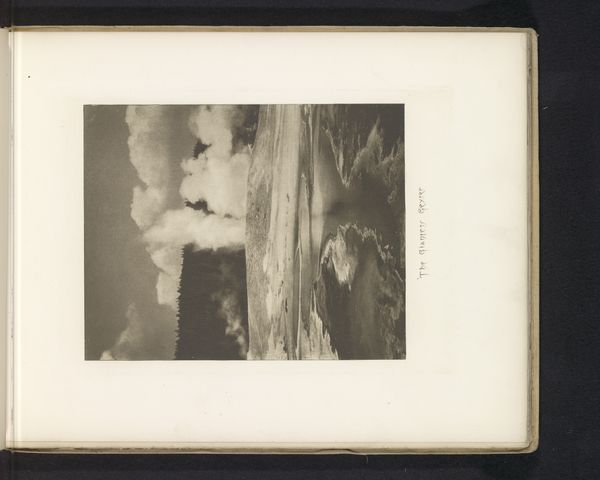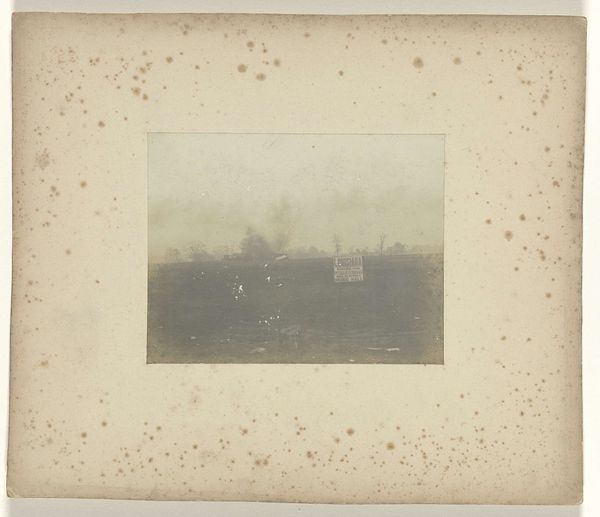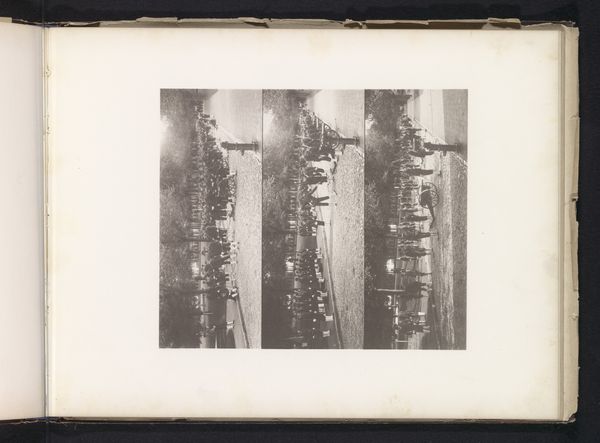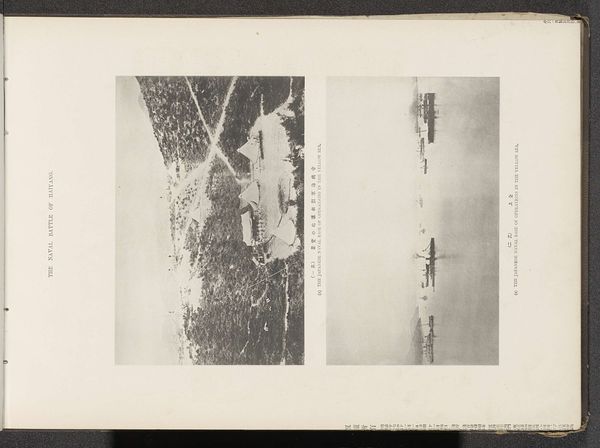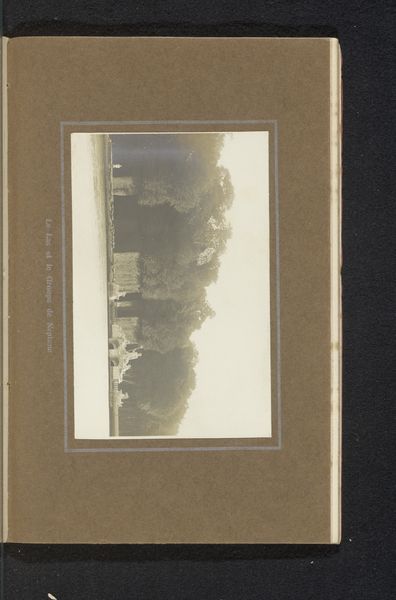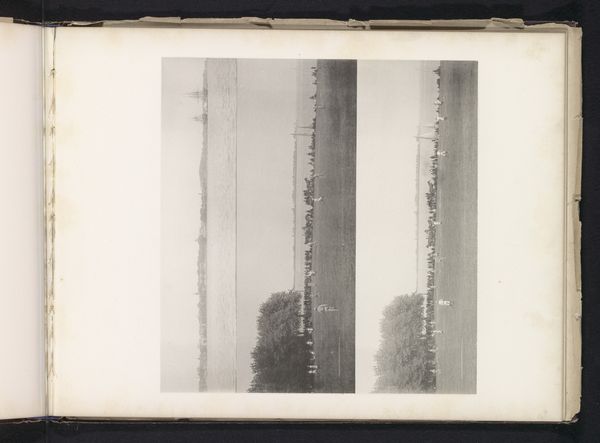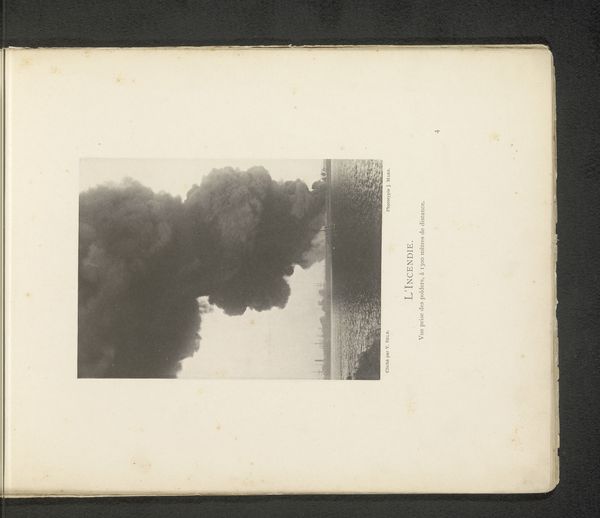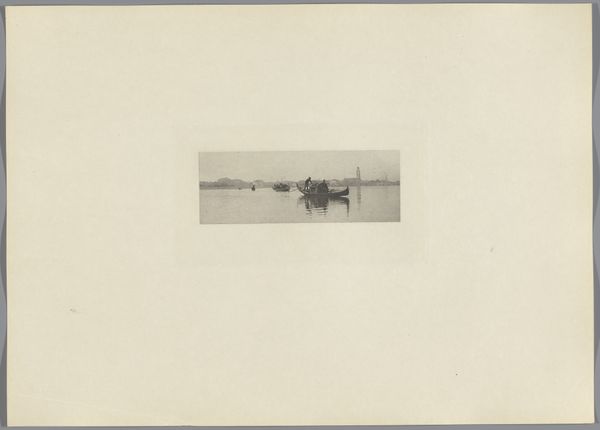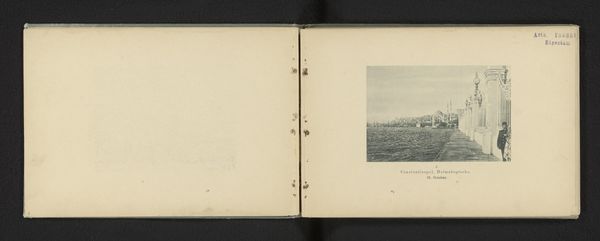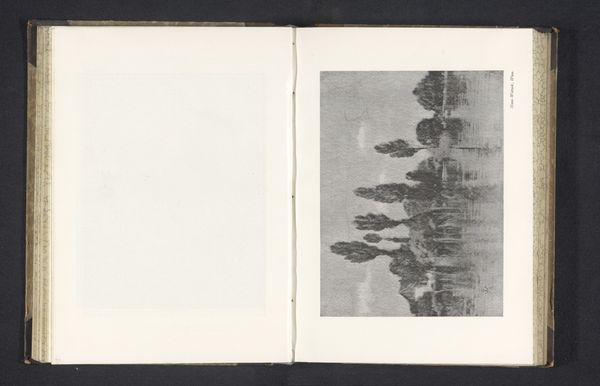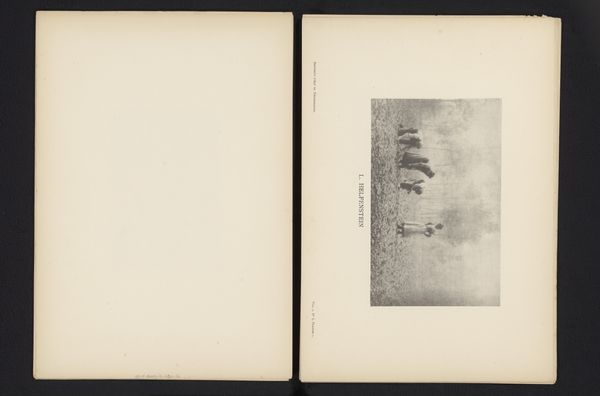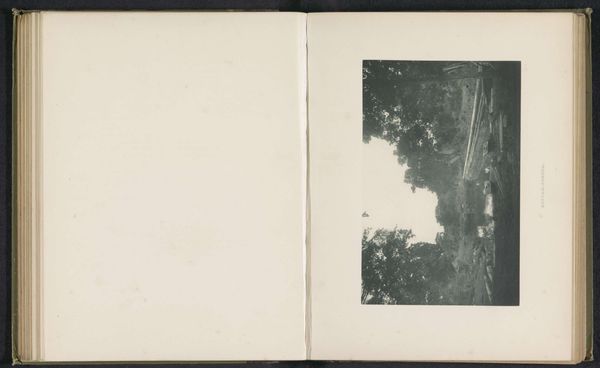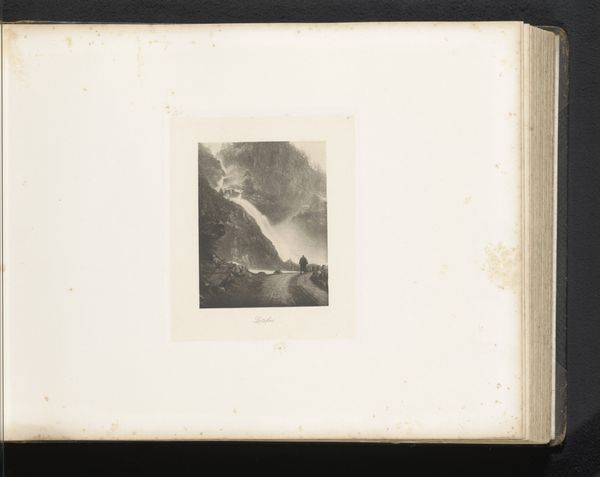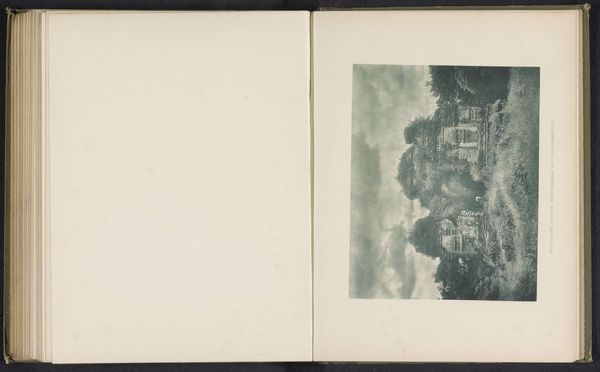
photography, gelatin-silver-print
#
night
#
toned paper
#
pictorialism
#
landscape
#
photography
#
coloured pencil
#
gelatin-silver-print
Dimensions: height 87 mm, width 175 mm
Copyright: Rijks Museum: Open Domain
George E. Curtis created this stereoscopic photograph titled "Landschap bij nacht" which translates to "Landscape at night". It is a landscape showing a body of water, trees in the distance, and large, cloudy sky. Stereoscopic photographs like this one gained popularity in the mid-19th century. They offered viewers a sense of depth and realism, simulating three-dimensional vision. In a time before widespread travel and digital imagery, these cards provided a window into other worlds, both real and imagined. They served as a form of entertainment, education, and escapism for a growing middle class. By the late 19th century, photography had become increasingly democratized, with smaller, more affordable cameras making the medium accessible to amateurs. Curtis's landscape aligns with the interest in nature that characterized much art production at this time. To understand this work more fully, consider its cultural and economic context. Researching the history of photography, the rise of middle-class consumer culture, and the artistic movements of the time can deepen our appreciation for this seemingly simple image. It is by understanding the institutions of art that we can better grasp its meaning.
Comments
No comments
Be the first to comment and join the conversation on the ultimate creative platform.
